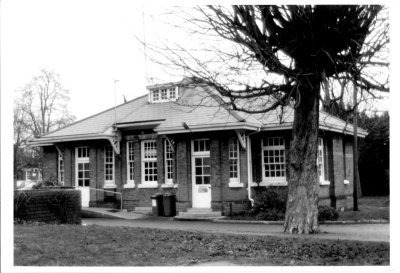

To quote Wikipedia
Under the Poor Law systems of England and Wales, Scotland and Ireland, a workhouse was a place where people who were unable to support themselves could go to live and work….. ….. diet was dreary but generally nutritionally adequate. According to records from the time, great care was taken in preparing meals, and issues such as training staff to serve and weigh portions were well understood. Gruel was a notable workhouse food, and was a staple of the workhouse diet.[18]
.
The workhouse master could implement rules in order to create a system of rewards and punishments which aimed to instil discipline. For breaking rules paupers could be punished with the type of job they had to do that day. There were specific punishments which are set out by the Poor Law Commission.[citation needed] Examples were beatings on the hands and backs (for all male inmates), cells and reductions in rations. Inmates could leave with about three hours’ notice.
.
Workhouse conditions were deliberately harsh to deter the able-bodied idle poor from relying on them. Men and women were segregated and children were separated from their parents. Aged pauper couples, who by definition were neither idle nor criminal, were not allowed to share a bedroom. By entering a workhouse, paupers were held to have forfeited responsibility for their children. Education was provided, but pauper children were often forcibly apprenticed without the permission or knowledge of their parents. Inmates surrendered their own clothes and wore a distinctive uniform.
.
It seems that in 1777 there were parish workhouses in operation at Rochford (with accommodation for 24 inmates), Hockley (20), and Rayleigh (20).
But by 1837 clearly there was a bigger need – Rochford Union Workhouse was built in 1837 to accomodate 300 inmates – the site gradually became the home for Rochford hospital. The 1881 census shows 11 staff and 179 inmates (they were described as “inmates”, not ” residents”).
The brief description in the census makes you wonder about the story behind each individual. For example, the first inmates listed are from the Argent family- John Argent, aged 73 (‘”agricultural labourer”) and Amelia, Jesse and Reuben, described as scholars and aged 12,10 and 13 respectively. Was John Argent their grandfather? Great grandfather? What had happened to the rest of the family?
The youngest inmate was a year old, the oldest 94…
Hat-tip : The Rochford Lofts website
